Blarney Castle and how it turned my world upside down… literally – Covaleov Amalia
Blarney Castle is a world-renowned landmark located in Cork County, Ireland, which I was very excited to visit not only because of its interesting history and the beauty of its surroundings, but also because of a pretty funny legend.

It is also known as a tower house, a type of fortification built by the Gaelic lords between the 14th and 16th century and has become a popular tourist attraction due to its unique features and rich history. When first built, Blarney Castle would have been covered in plaster and whitewashed to protect it from damaging elements and, on sunny days, it must have looked quite startling, or so it is said. But even nowadays it is as marvellous as before. It has several walking trails that take visitors through the castle's extensive gardens, including a garden with poisonous plants and a fern garden, and many other areas where you might easily lose track of time, and trust me on this one, I’m talking from my experience!
But … ‘what about the upside-down world?’ you may wonder. The Blarney Stone has become a popular tradition for visitors to Ireland, with many tourists lining up to kiss it and receive the gift of the gab, but this stone plays hard to get. You see, kissing the Blarney Stone isn’t as easy as it may seem. As a visitor, you must climb to the top of the castle and lean backwards over a sheer drop to reach it, and if you try really hard, you can even enjoy a pretty nice view from up there.
In conclusion, I believe that Blarney Castle is a must-visit landmark for anyone travelling to Ireland, so if you ever get there, I suggest passing by for an experience that will rock your world!
 |
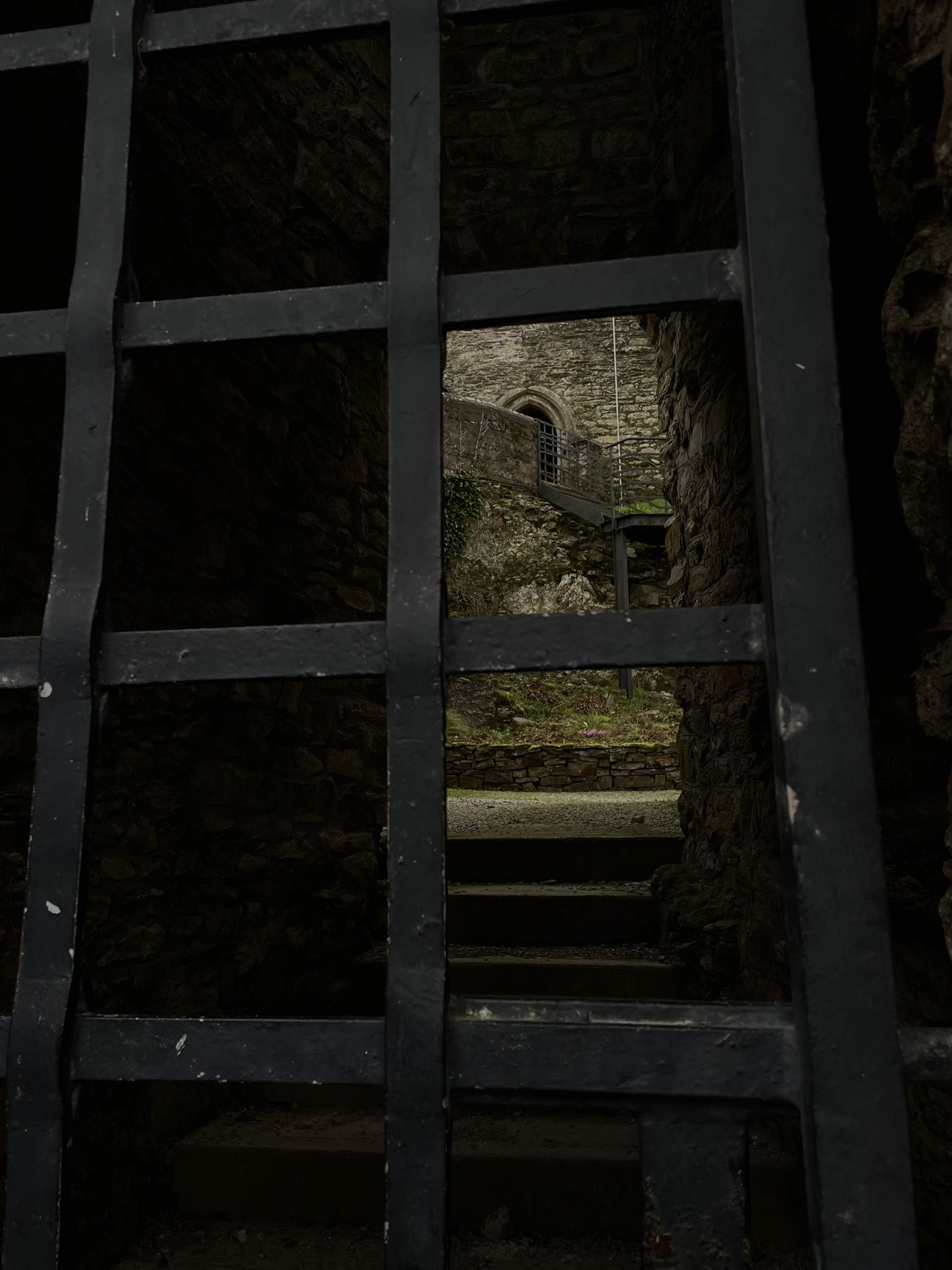 |
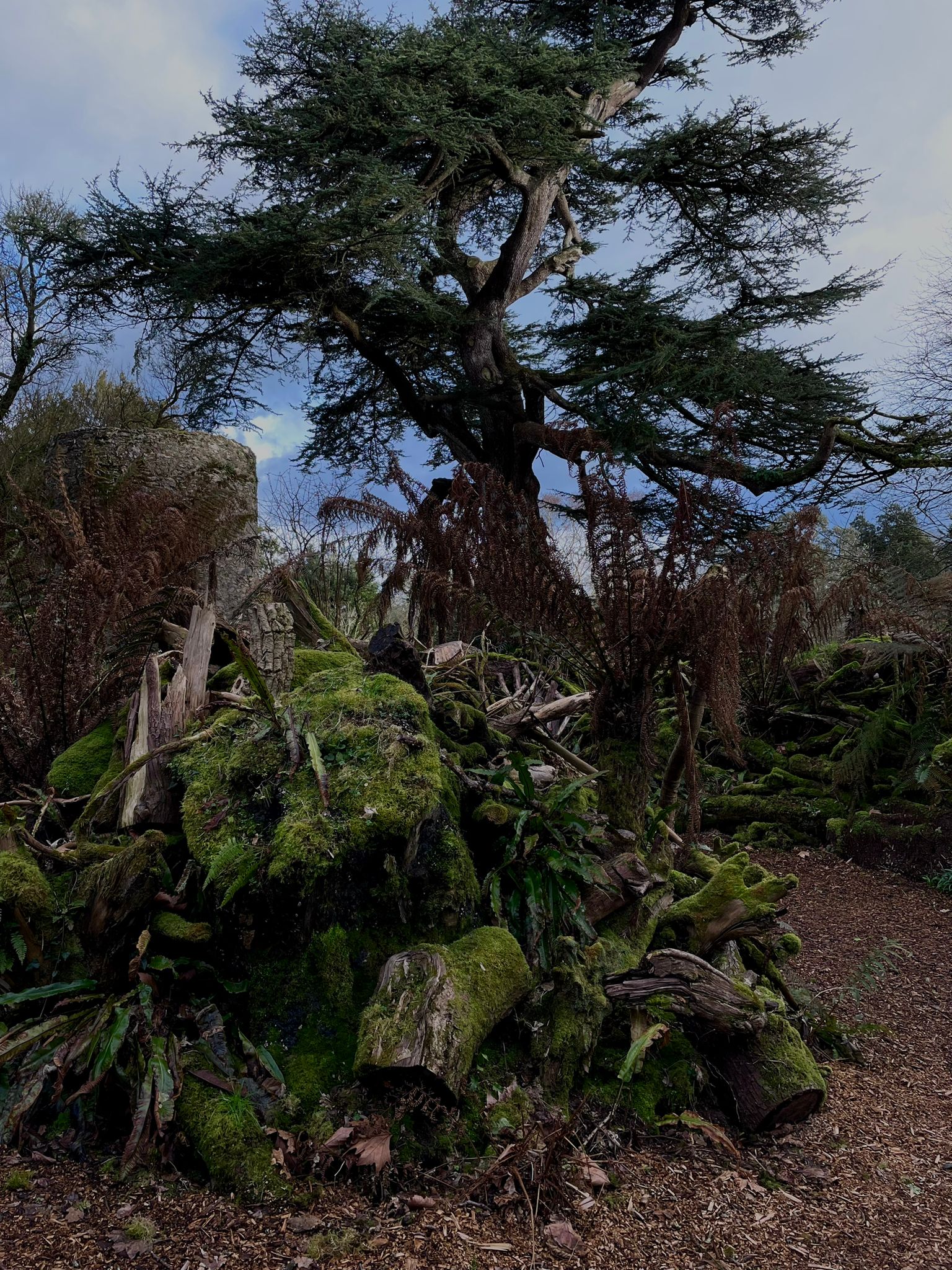 |
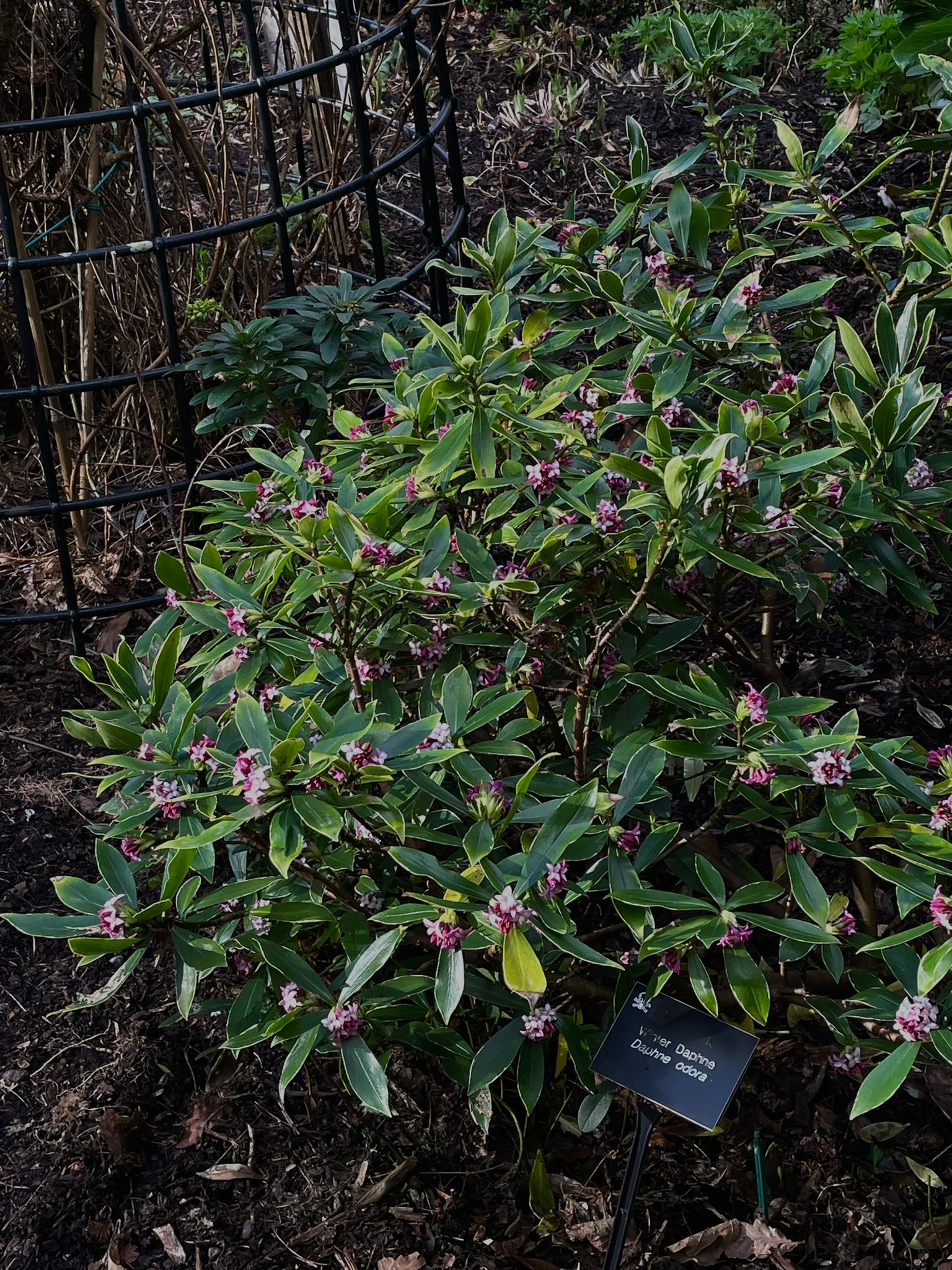 |
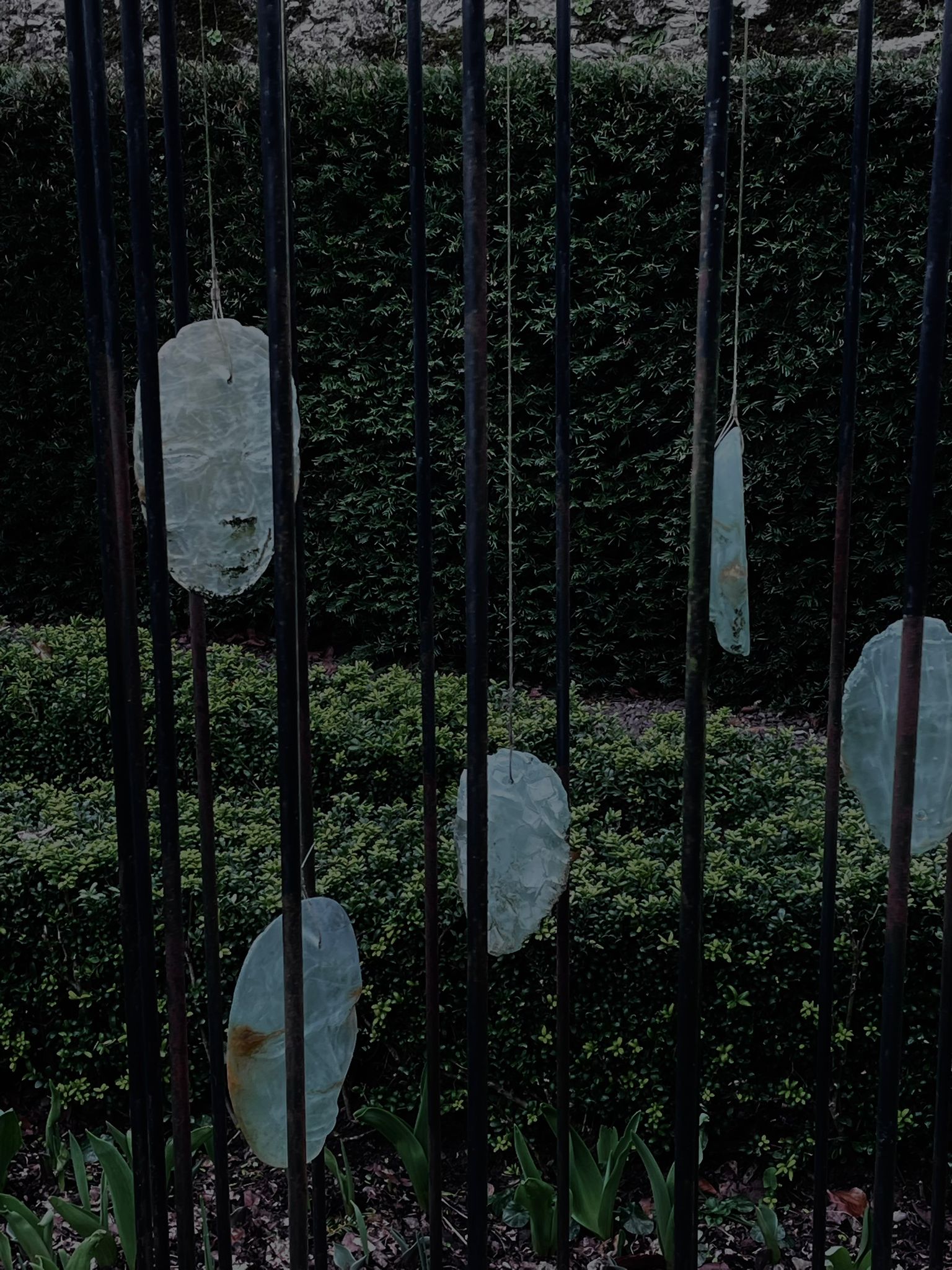 |
 |
 |
Gaelic vs English - any common points? – Covaleov Amalia
English and Gaelic are two of the most widely spoken languages in Ireland, and they are distinct languages with unique features and characteristics. However, there are several common points between the two languages that I found out from some locals in Cork and which I want to share with you.
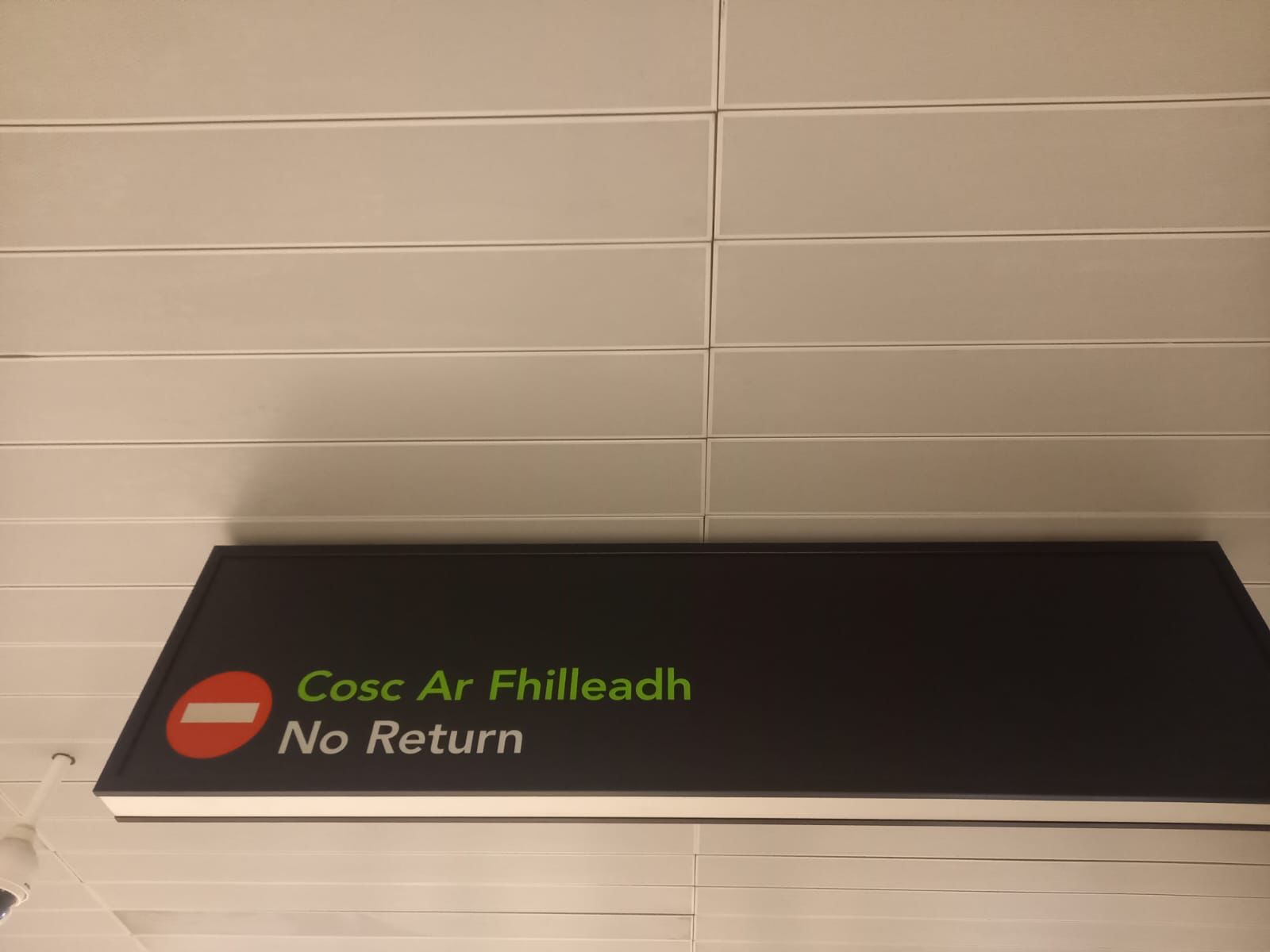
A very nice teacher at the Coláiste Éamann Rís School in Cork told me about the main differences and similarities between these two languages. First of all, unlike in English, words in Gaelic have genders: feminine and masculine; the articles differ depending on whether the word is singular or plural, and some of the words change completely when transformed from singular to plural. However, some of the words follow a rule similar to the one in English: an ‘i” is added somewhere at the end of the words. However, both English and Gaelic belong to the same language family: the Indo-European language family. This means that they share some similarities in terms of vocabulary, grammar, and syntax.
In my opinion Gaelic is a pretty rough language to learn, but the people in Cork don’t seem to mind it at all. Actually, you will find a lot of texts in Gaelic throughout not just Cork, but all of Ireland actually, even at the airport. Furthermore, kids still learn this language in school, and the students from Coláiste looked like they were really enjoying that class, or at least while I was in there. After all, this is school we’re talking about.
In conclusion, even if Gaelic is a complicated language, people in Ireland are still trying to keep it alive. But what about you, would you ever consider studying it? Let me help you a little and give you a good start: Slán go fóill! It means “good health be with you”, and it’s the Irish way of saying Goodbye!
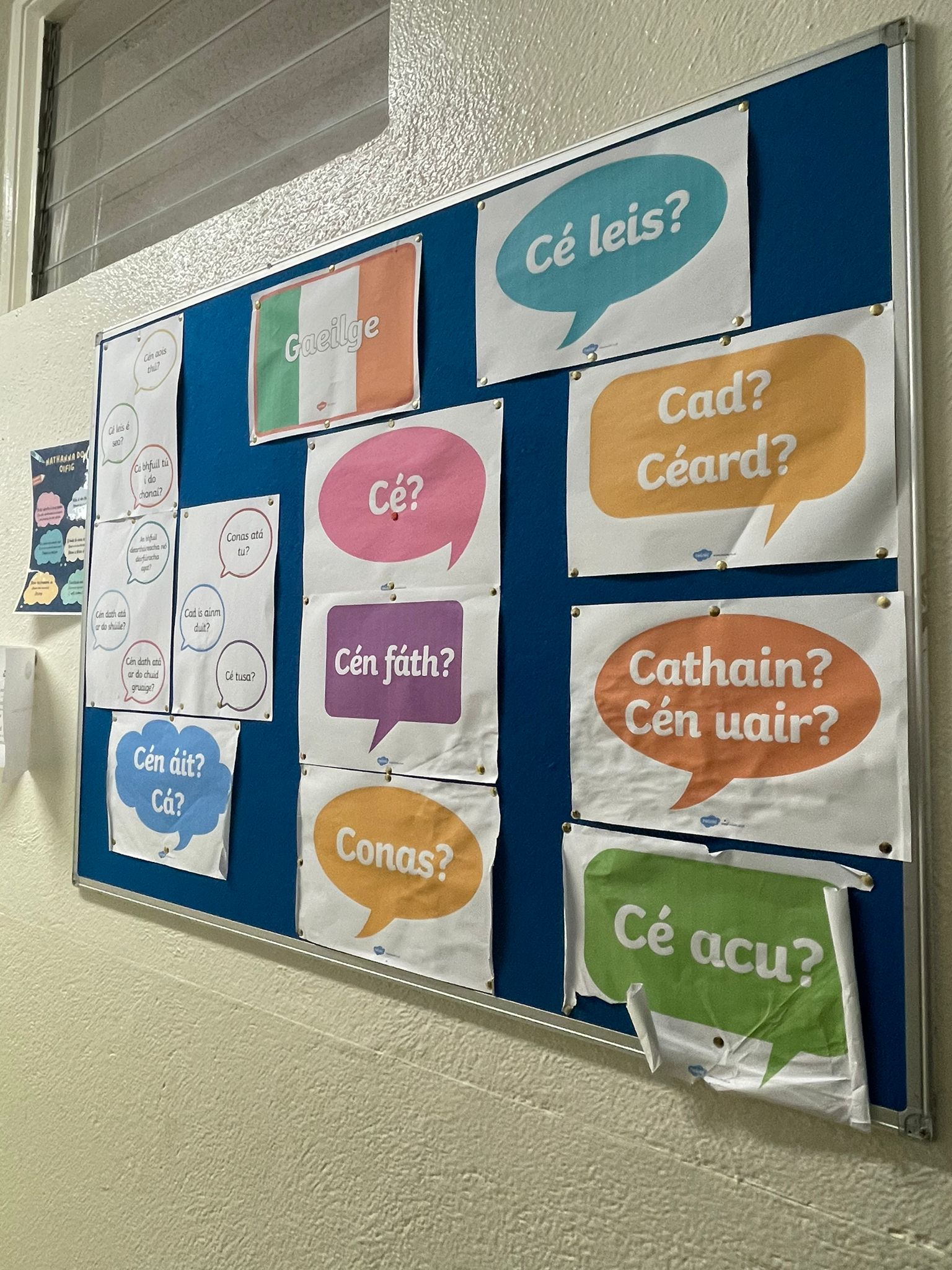 |
 |
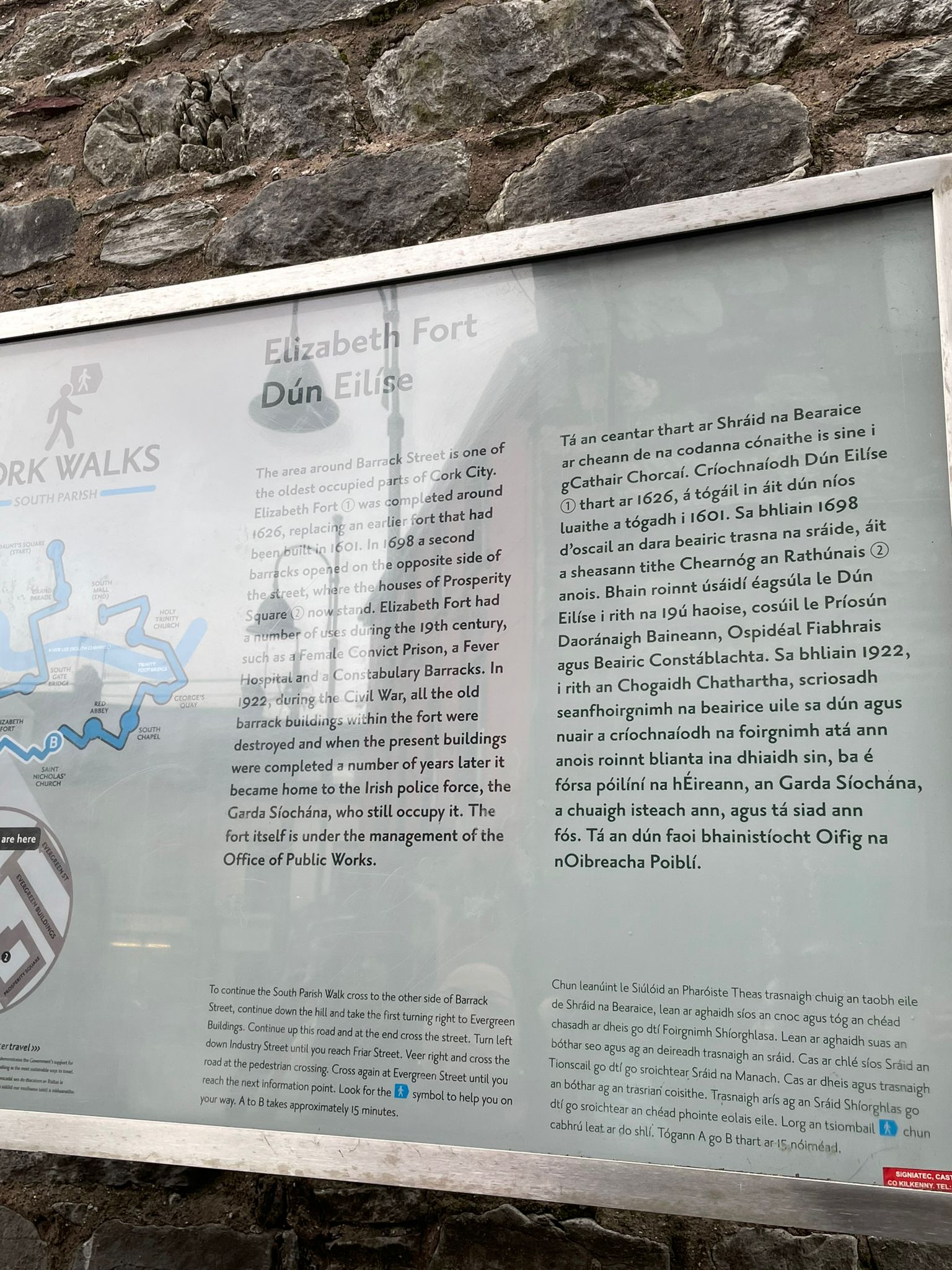 |
 |